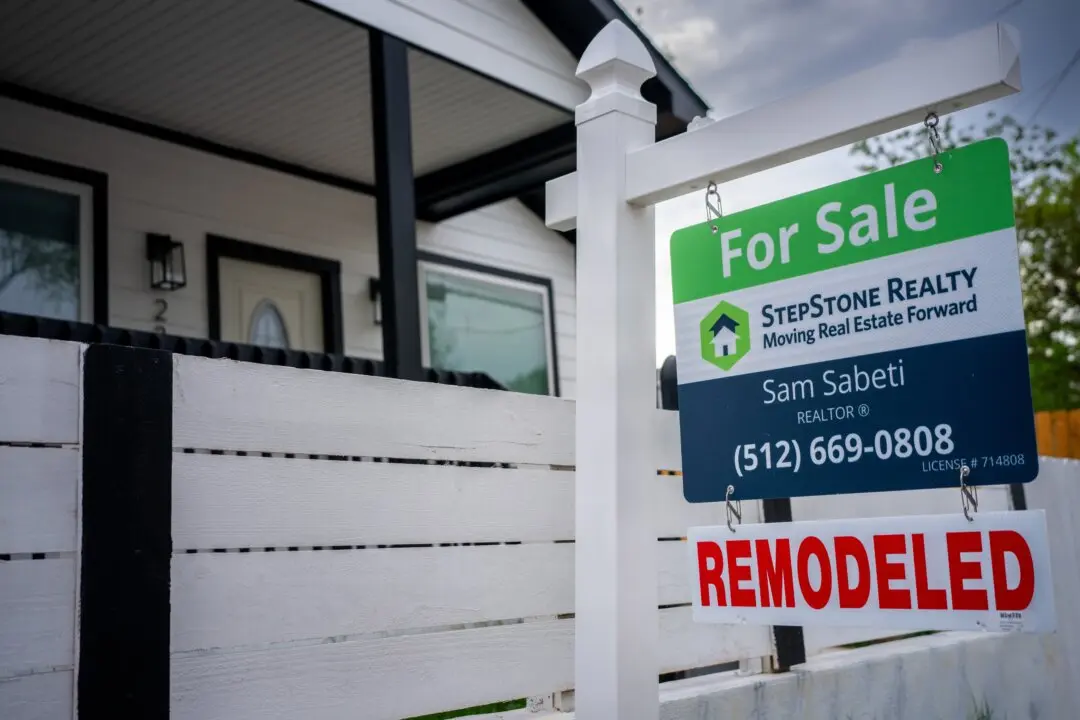Nearly 3.9 million Americans have nixed food stamp benefits since President Donald Trump took office, saving taxpayers more than $10 billion.
Some 38.2 million people collected payments in November 2018, according to the last available data, down from about 42.1 million in February 2017—the first full month Trump was in office.





